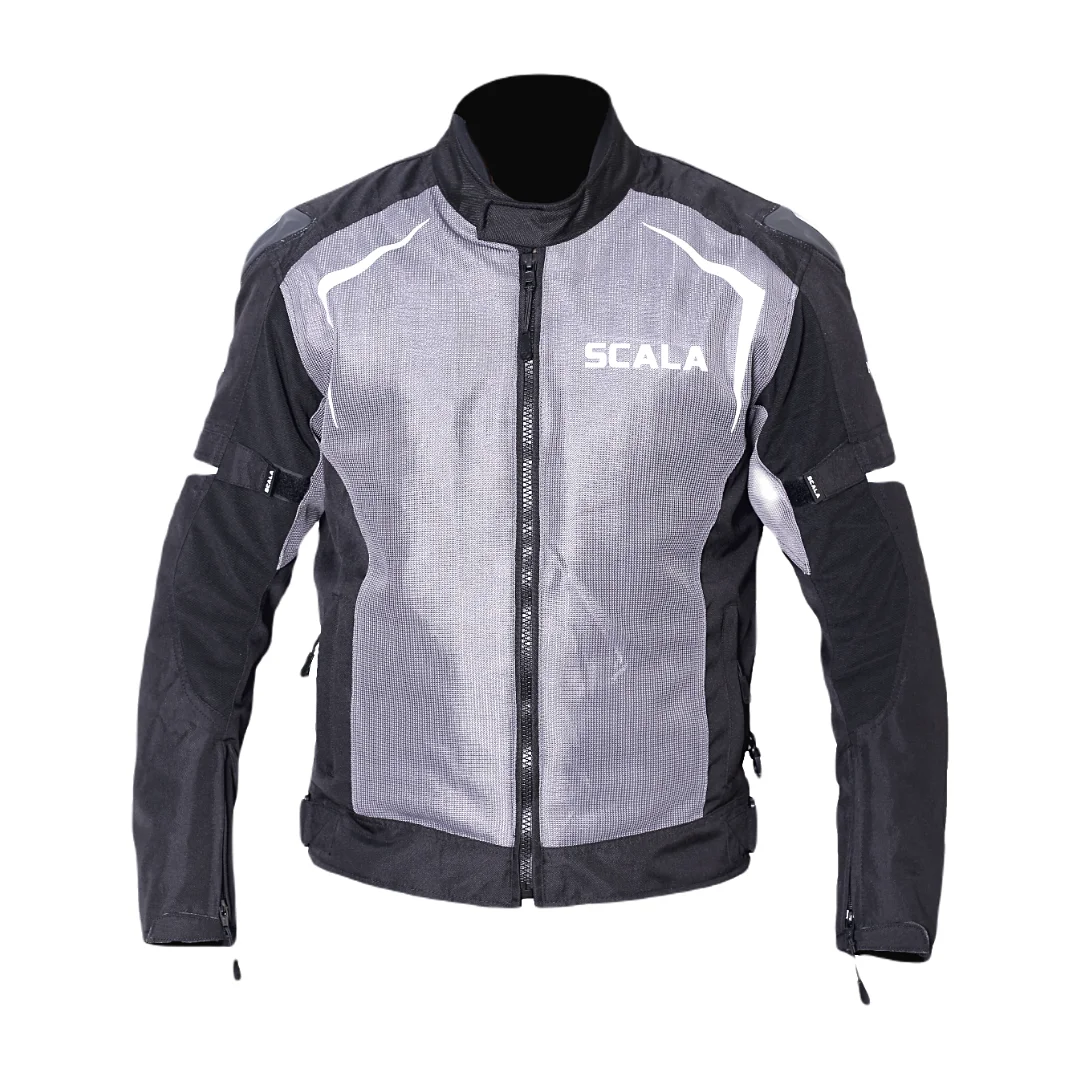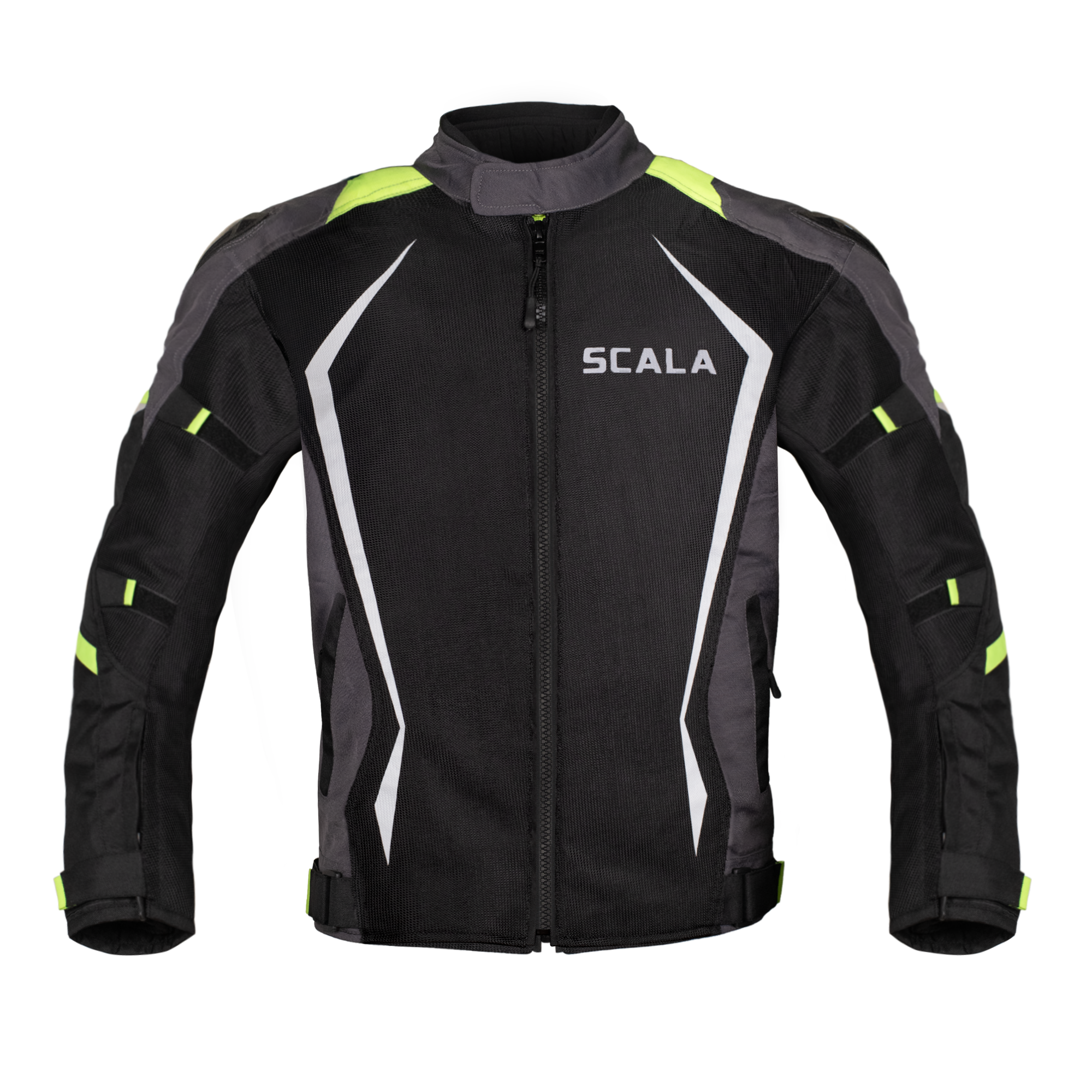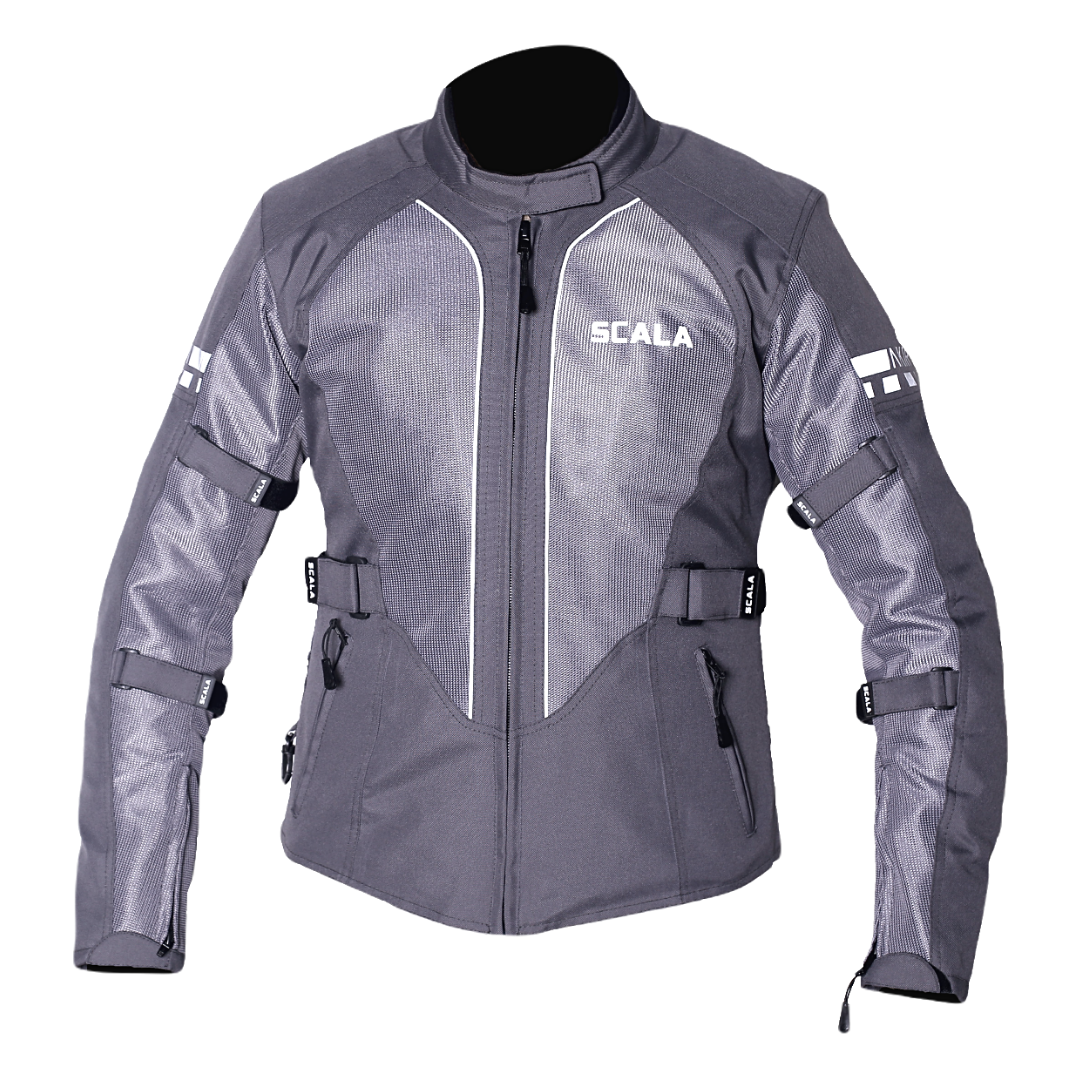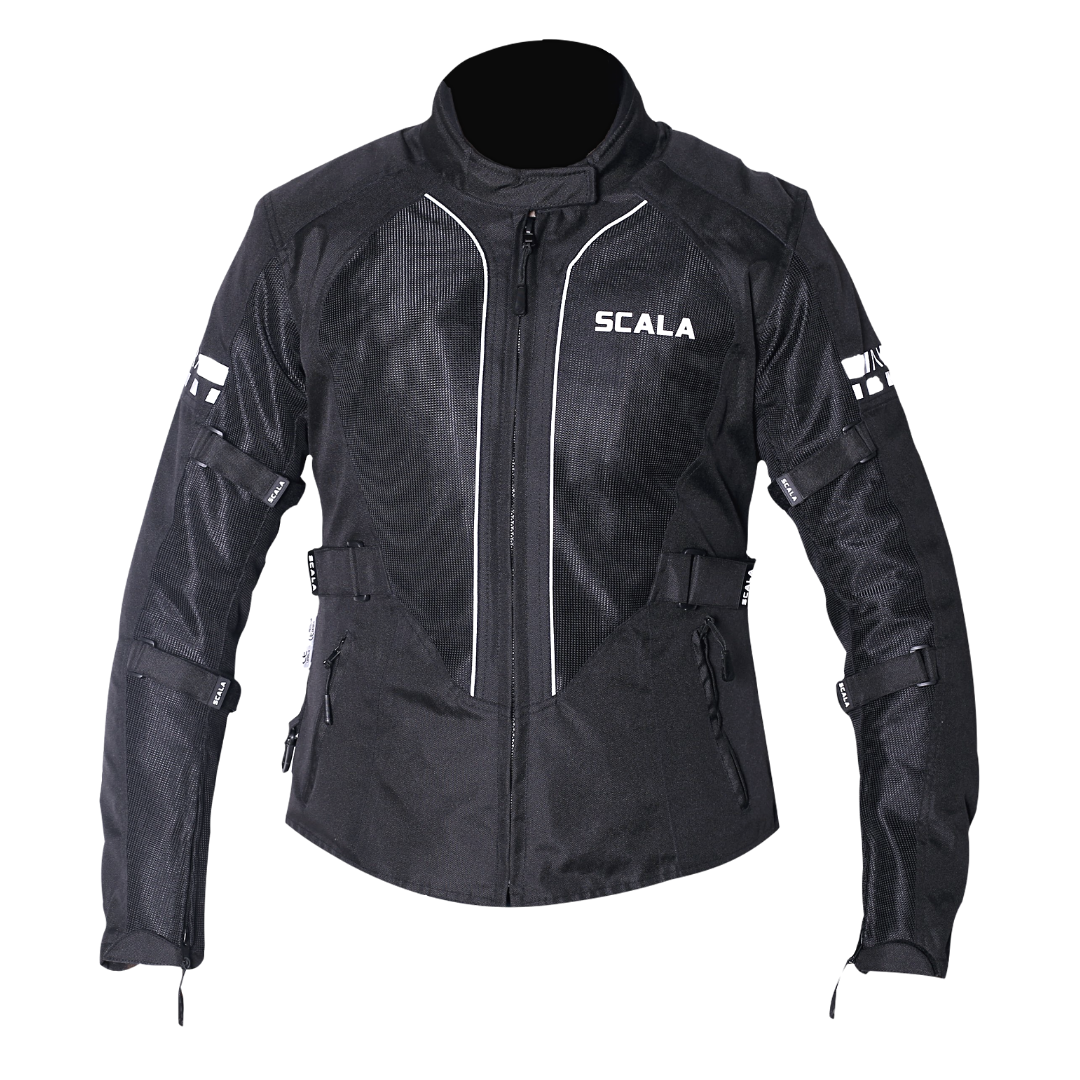
Riding Safely Across Different Terrains: Essential Precautions

Motorcycling is an exhilarating experience that combines speed, freedom, and adventure. However, riding across diverse terrains—from smooth highways to rugged off-road trails—requires a thorough understanding of the associated risks and the right precautions to stay safe. One of the most crucial aspects of motorcycle safety is wearing the appropriate riding gear. In this blog, we’ll explore the precautions you should take while riding on different terrains and delve into the importance of safety gear. Additionally, we’ll highlight how Scala Riding Gears can enhance your safety and riding experience.
Precautions for Different Terrains
- Urban Roads and Highways
Urban roads and highways present a unique set of challenges. Traffic congestion, frequent stops, and the presence of pedestrians require heightened awareness.
- Maintain Your Motorcycle: Regularly inspect your bike's brakes, tires, lights, and fluids. In urban settings, where sudden stops are common, functional brakes and good tire condition are essential.
- Stay Alert: Keep an eye on your surroundings. Watch for unexpected movements from pedestrians and vehicles, and avoid distractions such as mobile phones.
- Follow Traffic Rules: Obey traffic signals and signs. Use your indicators for lane changes and turns, and maintain a safe distance from other vehicles to reduce the risk of accidents.
- Use Defensive Riding Techniques: Position yourself where you can be seen by others, and be prepared for sudden stops or lane changes by maintaining a safe following distance.
- Mountain Roads and Curvy Paths
Mountain roads can be challenging due to sharp turns, elevation changes, and varying weather conditions.
- Adjust Riding Style: Navigate curves cautiously. Slow down before entering a curve and use counter-steering techniques to maintain control.
- Check Tire Pressure: Proper tire pressure is crucial for stability on winding roads. Ensure that your tires have adequate tread and are properly inflated.
- Prepare for Weather Changes: Be aware of rapidly changing weather conditions in mountainous areas. Adjust your speed and following distance accordingly.
- Watch for Loose Gravel: Mountain roads may have loose gravel or debris. Avoid sudden movements and maintain a steady speed to prevent skidding.
- Gravel and Dirt Roads
Gravel and dirt roads require different riding techniques compared to paved surfaces.
- Adjust Tire Pressure: Lowering your tire pressure improves traction on loose surfaces. However, don't lower it too much to avoid pinch flats.
- Stand Up on Footpegs: Standing up on the footpegs allows you to absorb bumps better and maintain control on uneven terrain.
- Avoid Sudden Movements: Smooth, gradual inputs are key to maintaining stability. Avoid abrupt braking or acceleration.
- Use Proper Body Positioning: Shift your weight slightly back to prevent the front wheel from digging into loose material and maintain better control.
- Sand and Loose Terrain
Riding on sand and loose terrain can be particularly challenging due to the low traction.
- Maintain Momentum: Keeping a steady speed helps prevent your motorcycle from getting bogged down. Accelerate smoothly to maintain forward movement.
- Stand Up on Footpegs: Standing up helps you maneuver better and absorb bumps. It also helps keep your center of gravity higher.
- Reduce Tire Pressure: Lowering tire pressure helps improve traction on sandy surfaces. Be cautious to avoid damaging your rims or causing pinch flats.
- Avoid Deep Sand: Steer clear of deep sand pits or excessively loose areas when possible.
- Wet and Slippery Surfaces
Wet conditions can make roads slippery and reduce traction.
- Increase Following Distance: Allow for a greater stopping distance and maintain a safe distance from other vehicles.
- Smooth Throttle and Brake Inputs: Use gentle throttle and brake inputs to prevent skidding and maintain control.
- Avoid Puddles: Puddles can hide hazards such as deep ruts or potholes. Avoid riding through them whenever possible.
- Check Tire Condition: Ensure that your tires are in good condition and have sufficient tread depth for better grip on slippery surfaces.
The Importance of Safety Gear
Wearing the right safety gear is essential for protecting yourself in various riding conditions. Here’s a breakdown of key safety gear and its importance:
- Helmet:A DOT-approved helmet is the most critical piece of safety gear. It protects your head in case of a crash and helps reduce the severity of head injuries. Ensure that the helmet fits properly and meets safety standards.
- Riding Jacket:A riding jacket with built-in armor provides protection for your shoulders, elbows, and back. It also offers abrasion resistance and can help protect you from the elements.
- Gloves:Riding gloves protect your hands from abrasions and impacts. They also provide better grip and control, especially in wet conditions.
- Pants:Riding pants with padded armor protect your knees, hips, and thighs. They offer better protection against abrasions and impacts compared to regular jeans.
- Boots:Sturdy riding boots provide ankle protection and improve your control over the motorcycle. They also offer better protection from the elements and potential injuries.
- Additional Gear:Depending on the terrain and conditions, additional gear such as knee and elbow guards, and hydration packs might be necessary.
How Scala Riding Gears Can Help
Scala Riding Gears offers a range of products designed to enhance safety and comfort for motorcyclists across various terrains. Here’s how Scala Riding Gears can help:
- Ergonomic Riding Jackets: Scala’s riding jackets are designed with high-quality armor and abrasion-resistant materials. They offer superior protection while ensuring comfort and flexibility for various riding conditions.
- High-Performance Gloves: Scala’s gloves are engineered for maximum grip and protection. They feature reinforced knuckles and palms to safeguard your hands from impacts and abrasions.
- Durable Riding Pants: Scala’s riding pants come with built-in armor for knee and hip protection. They are made from durable materials that offer both comfort and safety on different terrains.
- Versatile Gear Options: Scala offers a range of gear suitable for different terrains, from urban riding to off-road adventures. Their products are designed to provide protection and comfort in diverse riding conditions.
Conclusion
Riding a motorcycle across different terrains requires careful preparation, skill, and the right safety gear. Understanding the unique challenges of each terrain and taking appropriate precautions can help you ride safely and enjoyably. Wearing high-quality safety gear, such as helmets, jackets, gloves, pants, and boots, is essential for protecting yourself in various conditions. Scala Riding Gears offers advanced and reliable products designed to enhance your safety and comfort on every ride. By investing in the right gear and following safety guidelines, you can ensure a safer and more enjoyable motorcycling experience. Ride smart, stay protected, and embrace the adventure responsibly.
























